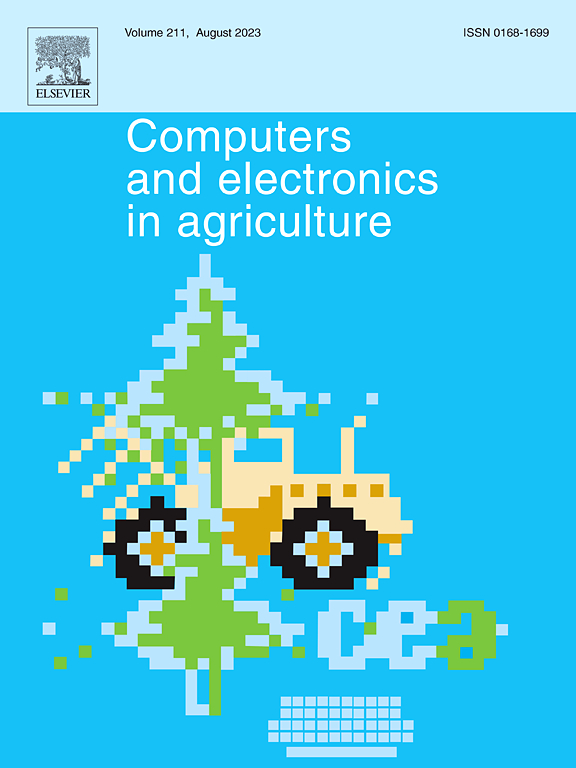Lightweight lotus phenotype recognition based on MobileNetV2-SE with reliable pseudo-labels
IF 7.7
1区 农林科学
Q1 AGRICULTURE, MULTIDISCIPLINARY
引用次数: 0
Abstract
Due to the wide variety of lotus species and the need for phenotypic categorization, traditional recognition is limited by the current manual observation and measurement of lotus phenotypes. In this paper, a lotus species recognition technique based on MobileNetV2-SE with reliable pseudo-labelling is proposed to construct an image dataset containing 94 different lotus species, and various data enhancement techniques are employed. Within MobileNetV2-SE, the classical MobileNetV2 network is improved by embedding the SE (Squeeze-and-Excitation) module, and then pseudo-labelling technical of semi-supervised learning is adopted to improve the classification performance of the model by generating high-quality labelling data. The test results show that the model in this paper can achieve an accuracy of 98.11% for lotus phenotype classification, and the precision, recall and value can reach 98.45%, 98.47% and 98.40%, respectively, and the number of parameters and the amount of computation are and FLOPs, which are significantly better than other networks. This paper provides an effective solution for the automatic identification of lotus varieties and provides a reference for other plant variety identification tasks.
求助全文
约1分钟内获得全文
求助全文
来源期刊

Computers and Electronics in Agriculture
工程技术-计算机:跨学科应用
CiteScore
15.30
自引率
14.50%
发文量
800
审稿时长
62 days
期刊介绍:
Computers and Electronics in Agriculture provides international coverage of advancements in computer hardware, software, electronic instrumentation, and control systems applied to agricultural challenges. Encompassing agronomy, horticulture, forestry, aquaculture, and animal farming, the journal publishes original papers, reviews, and applications notes. It explores the use of computers and electronics in plant or animal agricultural production, covering topics like agricultural soils, water, pests, controlled environments, and waste. The scope extends to on-farm post-harvest operations and relevant technologies, including artificial intelligence, sensors, machine vision, robotics, networking, and simulation modeling. Its companion journal, Smart Agricultural Technology, continues the focus on smart applications in production agriculture.
 求助内容:
求助内容: 应助结果提醒方式:
应助结果提醒方式:


